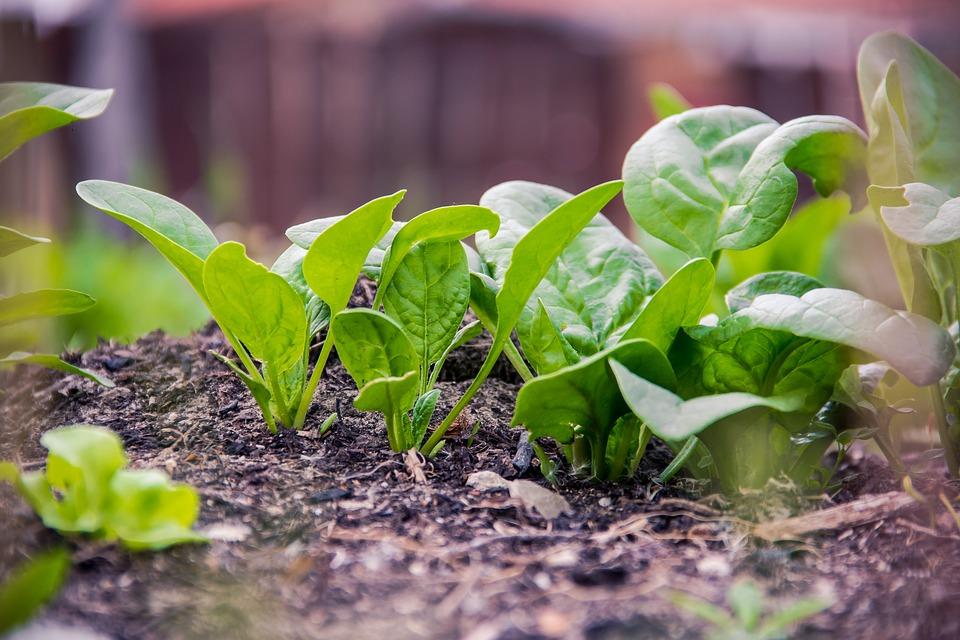
How to Grow & Harvest : Spinach
One of the best things about spinach is that it is equally delicious when eaten raw or cooked! Such a versatile vegetable with a light flavor that can help add Vitamin C and Iron to many dishes. Did you know if you were to compare 100 grams of ground spinach to 100 grams of ground beef, you would find more Iron in the spinach?! However, spinach also contains an oxalic acid that makes it more difficult for your body to absorb the iron, so boiling your spinach will help to break that down and allow your body to benefit from the high amounts of iron.
Growing:
Spinach roots are very shallow and easily damaged, so do not cultivate the soil surrounding them. This plant also loves compost and mulch to soak up nutrients and for the mulch to protect its shallow roots. It is essential that spinach plants receive to have mostly sun, but partial shade to avoid bolting. It is best to plant them in your garden where they can receive some sun coverage from other taller surrounding plants. Be sure to keep your garden free of weeds, or they will quickly rob the spinach plant of the soil nutrients and water.
Watering:
Water regularly, at minimum once a week providing it with one inch of water. One of the most important things to keep in mind for your spinach plants is to make sure that the soil is moist, and that the watering level is consistent. Rather than providing one heavy water week, spinach tends to excel when provided with 3-4 light showers of water per week. This increases its ability to soak up the water as opposed to it remaining in the soil. Did you know that spinach is 91% water? Make sure you give it enough water to live
Pests/Diseases:
Leaf Miners are the biggest pest for spinach plants. Look for their eggs on the bottom side of leaves when you notice tunneled holes throughout the leaf. It is best to remove that leaf with the tunnels, and check the underside of all other surrounding leaves to knock off any eggs that may have been laid.
Another issue spinach experiences is called Bolting. Bolting is when the temperature of the spinach plant rises too high and it begins to seed and flower instead of produce edible leaves.
Harvesting:
A great motto to follow when harvesting spinach is to “cut and come again” because it will continue to grow rapidly the more you harvest it. You’ll notice that the flavor of your spinach will also change depending on the temperature. Spinach growth tends to jump when the temperatures reach peaks in the summer, but the flavor can also turn bitter quickly so you'll want to cut the leaves off sooner vs. later. When you harvest depends on preference for leaf size, whether you'd like to have “baby” spinach, or full grown.
A good rule of thumb when harvesting spinach is that once each stem has 5-6 leaves, it is ready to be harvested. You want to make sure you are harvesting before the plant “bolts” which means that it will flower.
Once the leaf has fully formed, it should be picked within one week before it starts to turn into a yellow color.
Harvest by starting on the older outer leaves and cutting them from the stem using scissors a sharp knife. If you are not hoping for more spinach growth, you can also cut the entire plant from the base to harvest. Avoid picking the leaves as it damages the plant and will accelerate its decay.
If you’d like to provide your spinach with a great companion plant, plant them close to any lilac trees in your yard. It is said that the lilacs encourage growth of spinach and help to infuse them with a more aromatic flavor.
Did you know that 92% of the world’s spinach production is in China, so what you’re buying in the store is most likely imported. Another great reason to add spinach plants to your garden!